The Music University of Catalonia and the Museum of Music demonstrates our experience in designing inspiring, functional and flexible learning spaces.
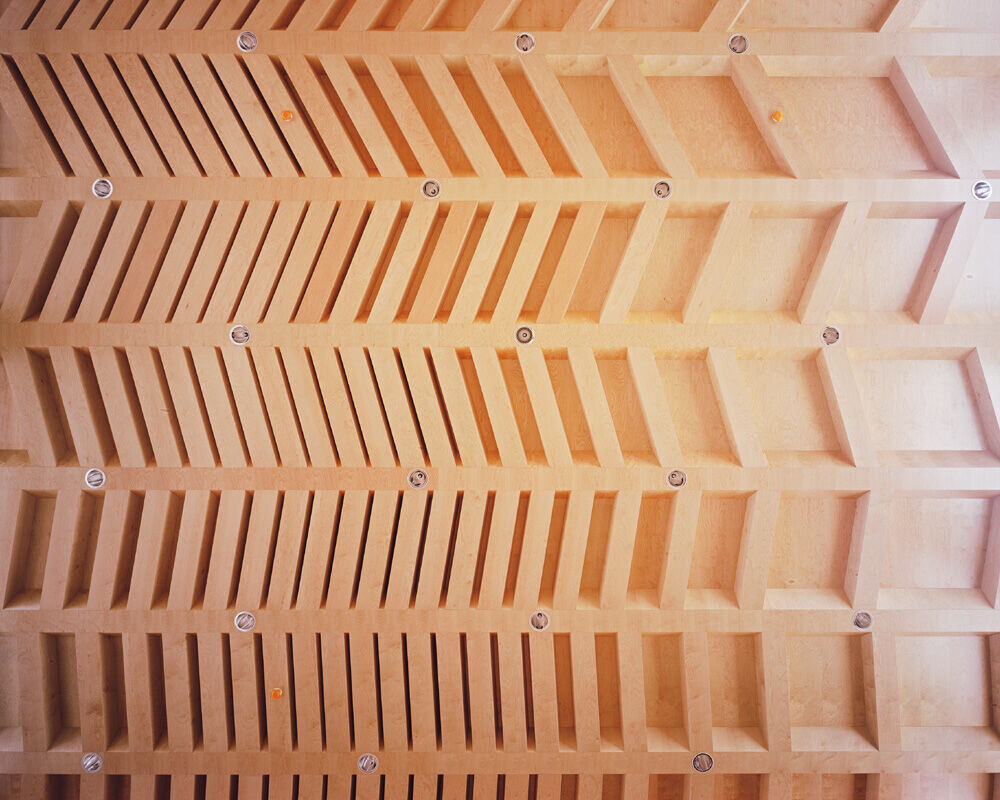
The co-location of both institutions in one complex presented the advantage of maximising the usability of the spaces and the challenge of addressing distinct functions and technical requirements.
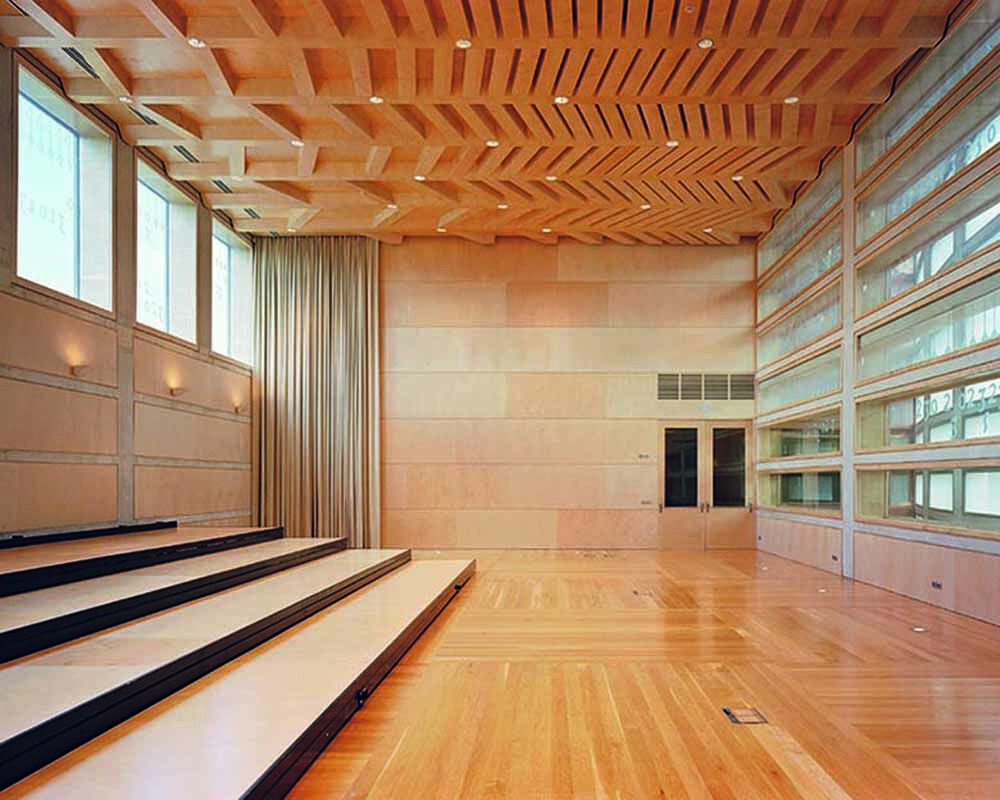
Our design response draws inspiration from music itself. Like the variations in music, the design proposes variations of spaces and ambiences.
Thereare intimate spaces for work and concentration where acoustics must be perfect.
Other rooms are devoted to collective workshops, these are spaces filled with natural light.
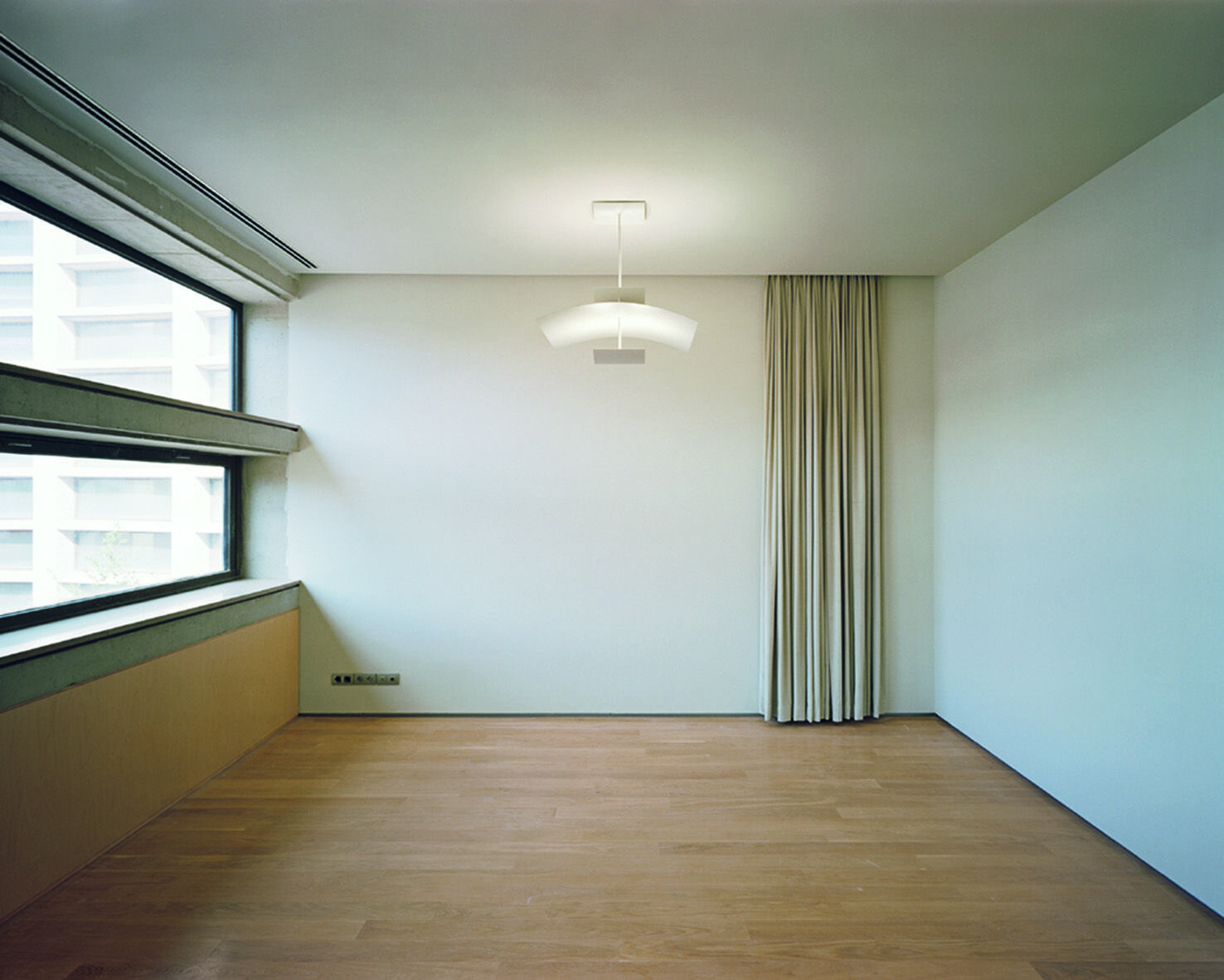
Meeting areas where students and teachers can interact without disturbing the quiet spaces are also provided.
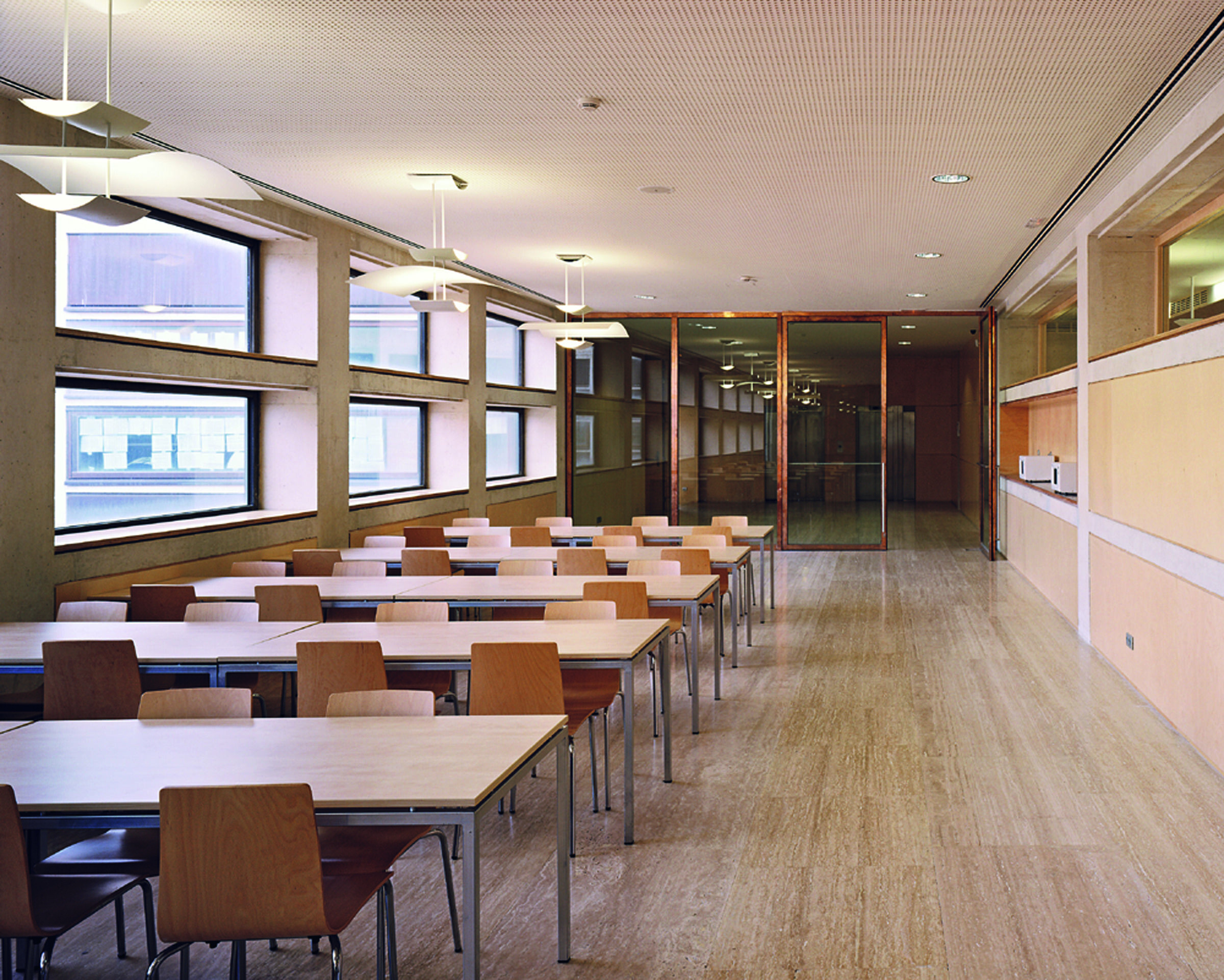
It is envisaged that this music complex will evolve into a self sufficient ‘music city’ as it provides spaces for a variety of musical types and complimentary activities.
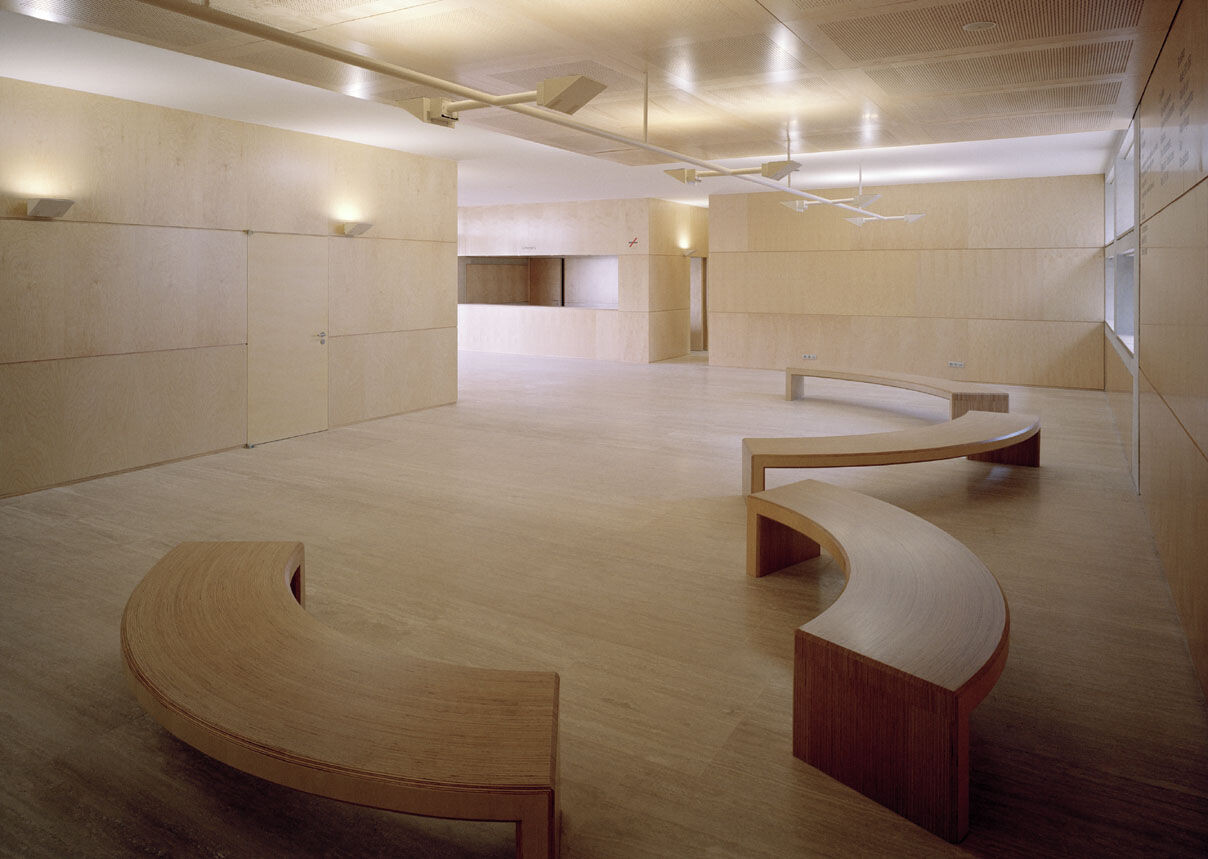
The program is organised in four levels around a grand patio (internal courtyard). Independent entries to the school and the museum are provided from the Plaça de les Arts (The Arts Plaza). The entrance to the school is at the ground level where the studios, classrooms for collective instruments and administrative offices are located. The first level contains seminar rooms, instruments classrooms, teachers and department offices and the library. The library has an alternative entrance from a side street (Ribes Street) to allow its operation independently from the school.
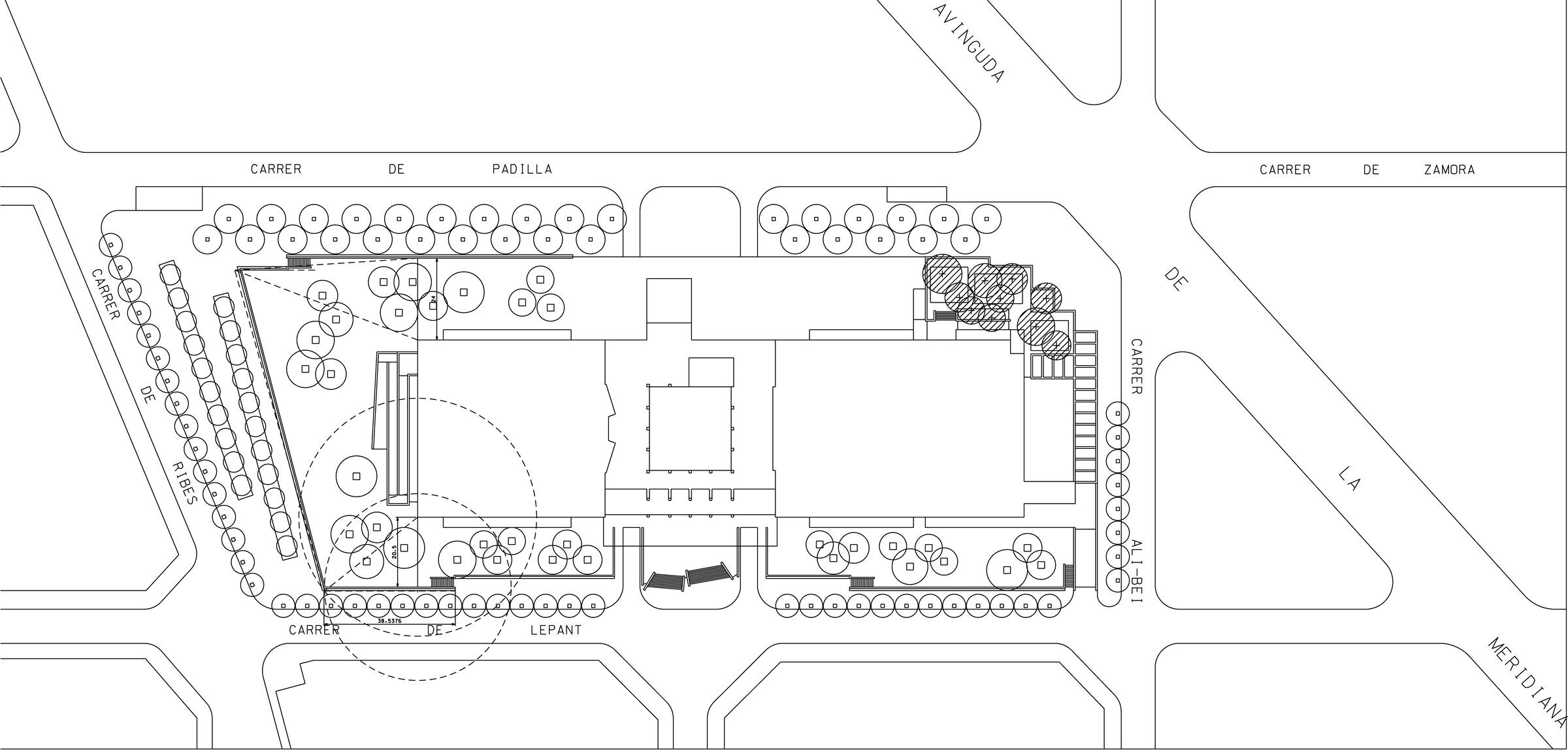
From the second level there is access to a courtyard-garden-auditorium for outdoor concerts on sunny days and summer nights and breakout space for students on a daily basis. A grand stair directs patrons from the Plaça de Les Arts to the Museum which is located in the first level around the central courtyard. The Museum has spaces for permanent and temporary exhibitions and meeting rooms. Finally the workshops for restoration and photography, archives and storage
are located in the basement level.
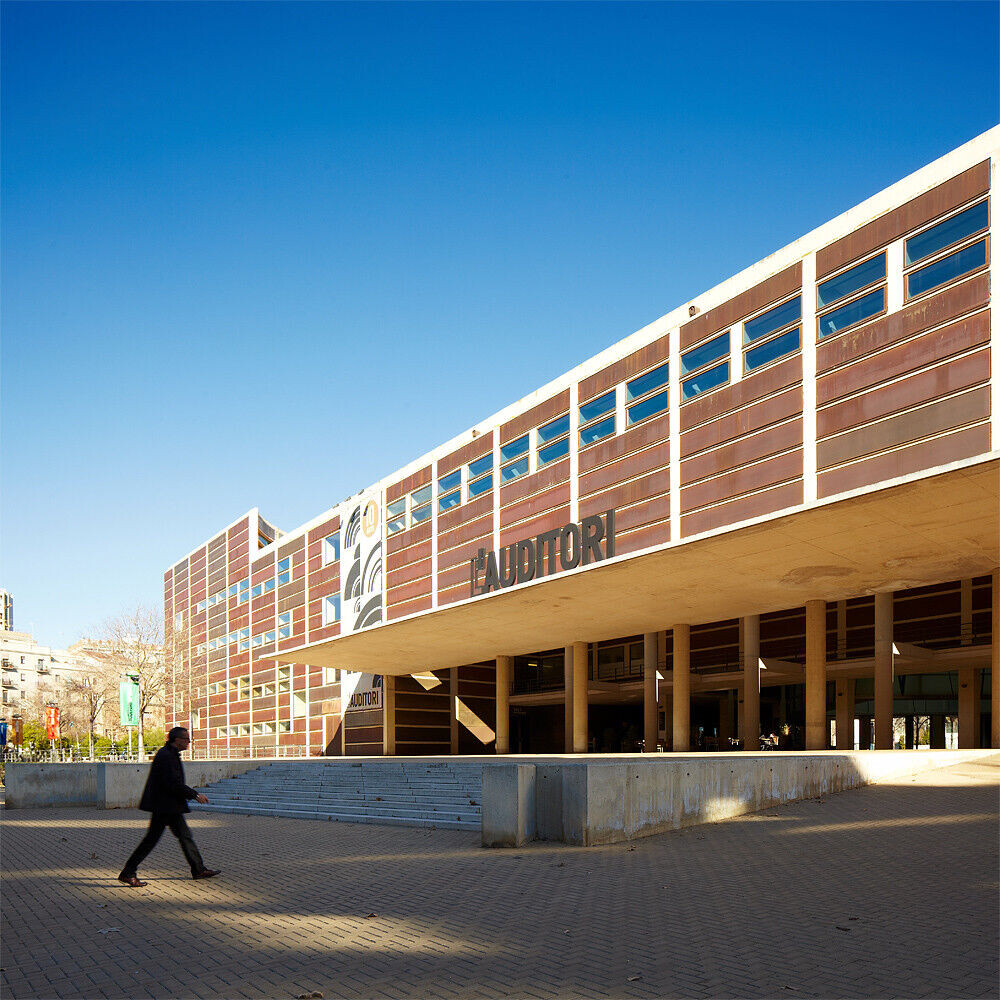
A. Arriola, C. Fiol, Rafael Moneo

































